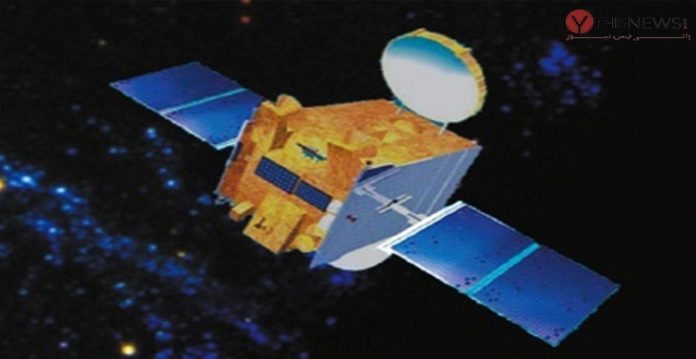The Indian space agency has said it has successfully decommissioned its communication satellite INSAT-4B last month.
In a statement, the Indian Space Research Organisation (ISRO) said as a part of India’s continual efforts towards the preservation of the long-term sustainability of outer space, INSAT-4B has undergone post-mission disposal (PMD) at the end of its life, followed by decommissioning on January 24, 2022.
The decommissioning of the satellite was to comply with the UN and the Inter-Agency Space Debris Coordination Committee (IADC) recommended space debris mitigation guidelines.
INSAT-4B is the 21st Indian geostationary (GEO) satellite to undergo post-mission disposal, the required propellant for such re-orbiting was included in the initial fuel budget as a part of standard practice.
ALSO READ: NASA’s Artemis 1 moon mission rocket delayed till March
The finally achieved orbit is about 340 km above GEO altitude in perfect compliance with IADC guidelines for space debris mitigation of GEO objects.
The successful post-mission disposal of INSAT-4B through meticulous planning and flawless execution marks yet another endeavor by ISRO to ensure the safety and sustainability of outer space operations, the Indian space agency said.
The 3,025 kg INSAT-4B was launched in 2007 using Arianespace’s rocket Ariane 5. The satellite’s mission life was 12 years.
After completing nearly 14 years of on-orbit operations, the C band and Ku band payload services of INSAT-4B were seamlessly migrated to other GSATs before the commencement of the post-mission disposal.
As per IADC space debris mitigation guidelines, at its end-of-life, a GEO object should be raised to a nearly circular orbit well above the GEO belt to prevent its orbit from coming back into the GEO protected region within 100 years of re-orbiting.
ALSO READ: This space startup aims to build robotic outpost near the Moon
In this case, the minimum orbit raise required was 273 km and this is achieved through 11 re-orbiting maneuvers executed during 17 – 23 January 2022, ISRO said.
The first maneuver was aimed to circularise the orbit. The subsequent re-orbiting maneuvers were executed at the perigees and the apogees alternately making the intermediate orbits near-circular.
All maneuver plans were screened to ensure that there were no close approaches/collision threats between any other space objects (active satellites and space debris) in the near future.
On January 24, 2022, remaining propellant venting and electrical passivation activities were carried out to minimize post-mission break-up risk before finally decommissioning the satellite.
(This story has been sourced from a third-party syndicated feed, agencies. Raavi Media accepts no responsibility or liability for the dependability, trustworthiness, reliability, and data of the text. Raavi Media management/ythisnews.com reserves the sole right to alter, delete or remove (without notice) the content at its absolute discretion for any reason whatsoever.)







